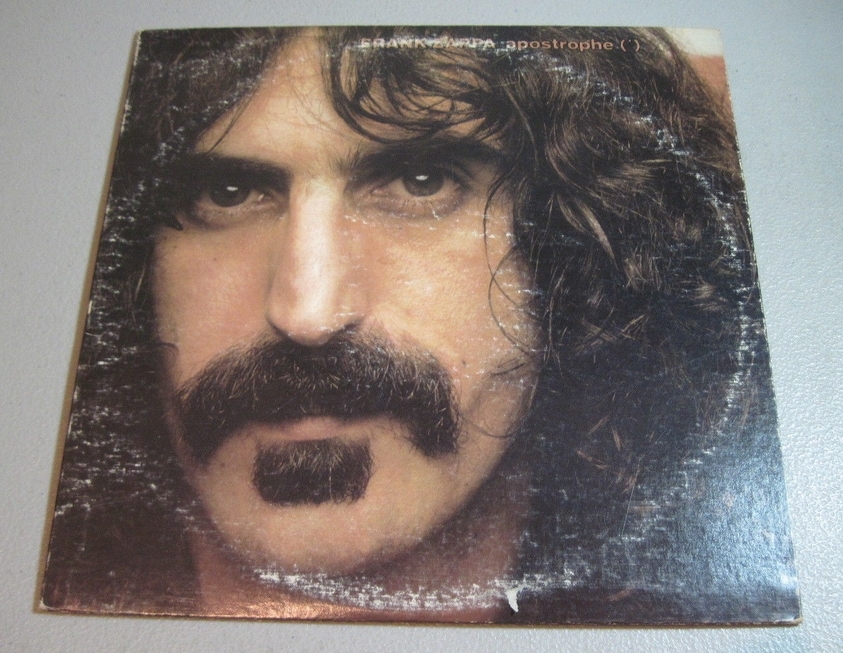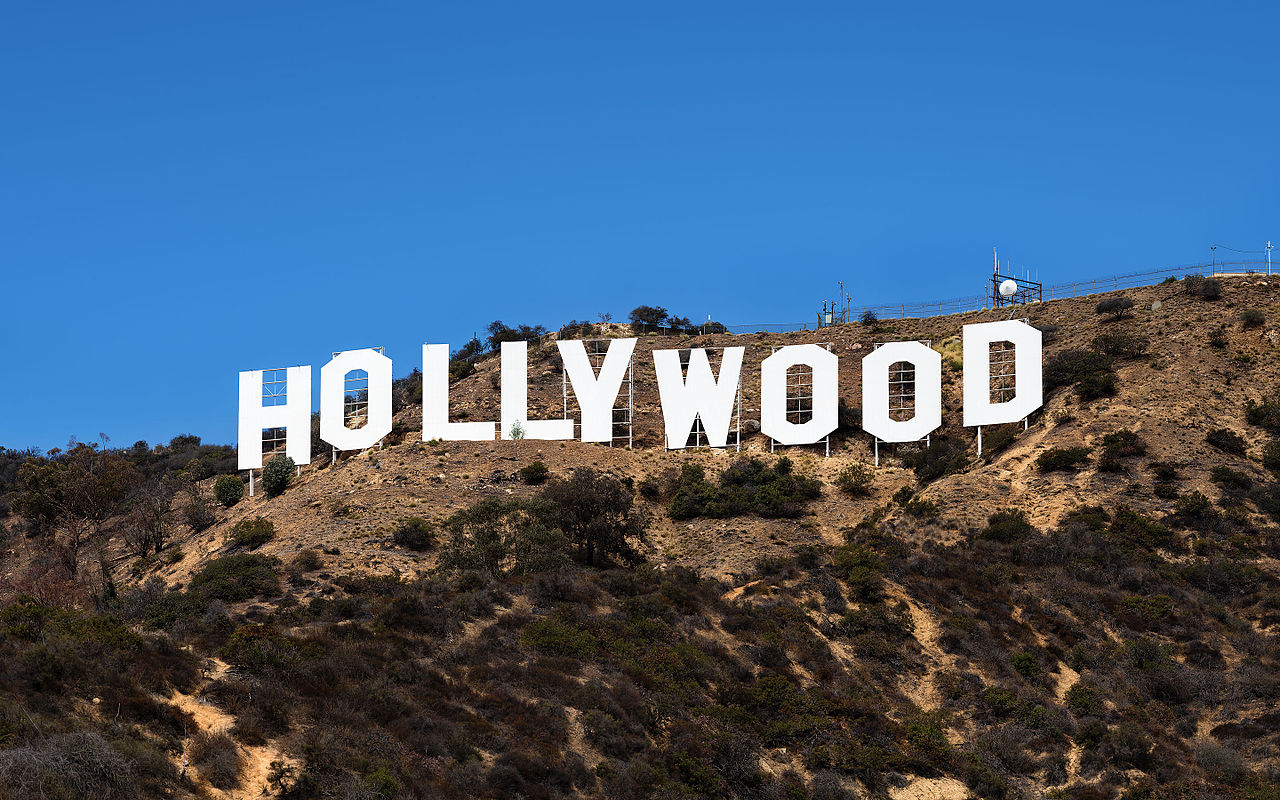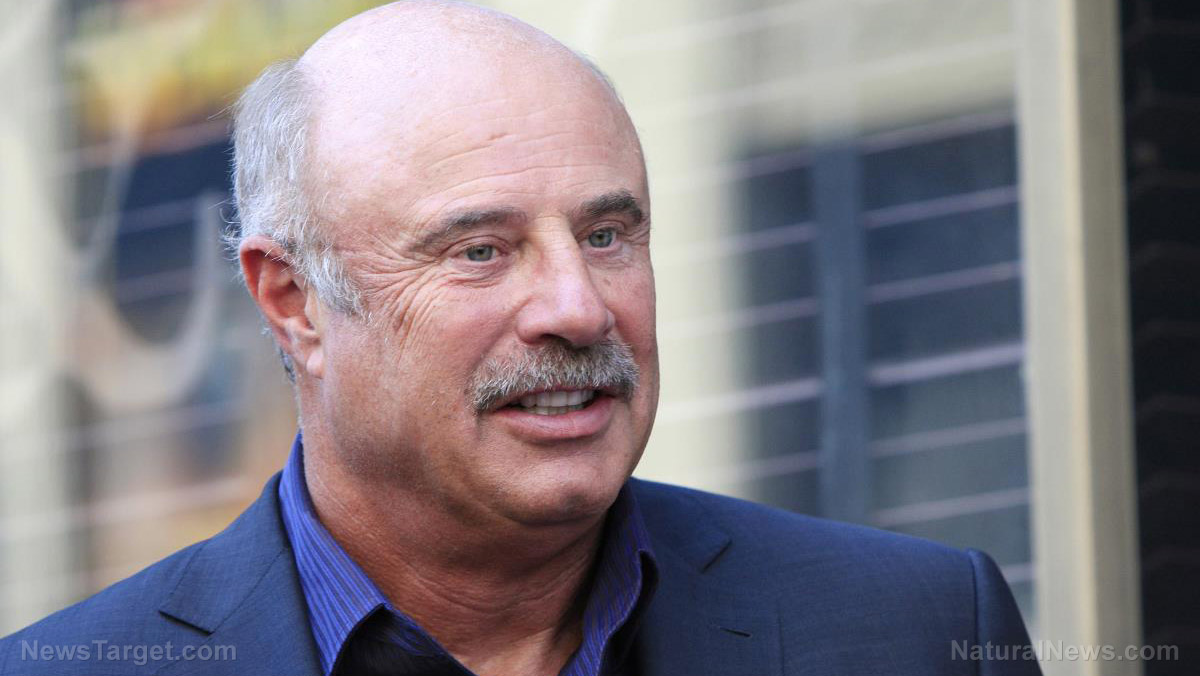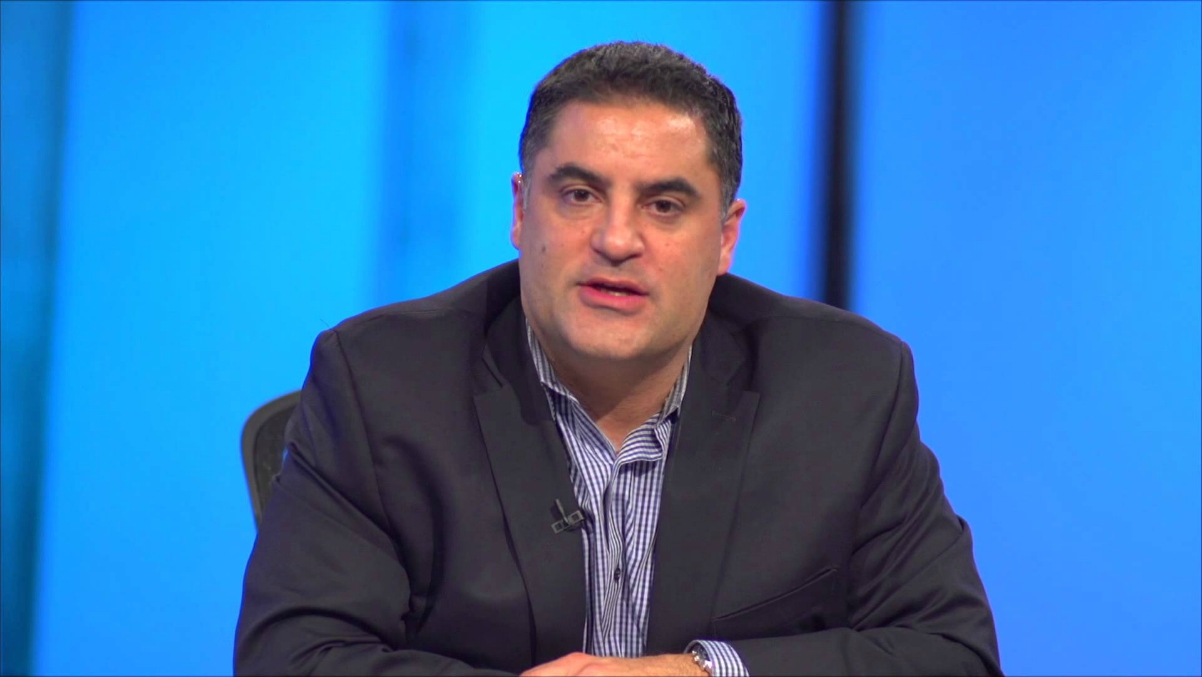Before his death at age 53, the avant-garde composer Frank Zappa wrote a memoir that’s brimming with freaky anecdotes. None are more freaky than those dealing with his father, Francis, and his job within the sinister military-industrial complex. “My dad was employed as a meteorologist at the Edgewood Arsenal” Zappa wrote. “They made poison gas there during World War II…”[1] According to Medical Counter Measures (a division of the Department of Defense): “Edgewood Arsenal has been the center of chemical warfare research and development since 1918” and “became the research hub for chemical agent testing on human subjects from 1955 through 1975,” during which time “the Army Chemical Corps Medical Department conducted classified medical studies involving nerve agents, nerve agent treatments (antidotes), psychochemicals (hallucinogenic drugs), irritants, and blistering agents.”[2]
The use of poison gas during World War I caused over a million casualties, and the diabolical weapon continued to be used after the war’s end. In 1919, for example, there was a rebellion by the inhabitants of British-controlled Iraq. In response, Winston Churchill (then Secretary of State at the War Office), authorized the use of chemical weapons “against recalcitrant Arabs as experiment,” explaining in top secret correspondence that “I am strongly in favor of using poisoned gas against uncivilized tribes.” He emphasized that it wouldn’t be necessary to actually kill the Arabs, because “gasses can be used which cause great inconvenience and would spread a lively terror and yet would leave no serious permanent effects on most of those affected.”[3]
In an attempt to prevent civilized statesmen like Churchill from continuing to spread a lively terror, the League of Nations in 1925 adopted the Geneva Protocol — an international treaty that prohibited the use of chemical and biological weapons.[4] The United States signed the treaty, but Congress did not actually ratify it until 50 years later.[5] In the ensuing five decades, the U.S. government ignored the treaty and built up a huge stockpile of chemical and biological weapons of mass destruction. As summarized in the Bulletin of the Atomic Scientists, “Funding for these programs was stepped up in the late 1950s and early 1960s. Support for research and development tripled between 1958 and 1964.” By 1969, “the biological weapons stockpile included at least 10 types of agents and toxins” and “the U.S. chemical weapons stockpile included 42,000 tons of poison gas,” with “open-air testing of chemical weapons at Edgewood Arsenal.”[6] As Frank Zappa surmised, “I guess it would have been the meteorologist’s job to figure out which way the wind was blowing when it was time to shoot the stuff off.”[1]
Francis Zappa’s employer also carried out experiments on humans, following a long tradition of medical atrocities sponsored by the U.S government. Ulf Schmidt, a leading academic authority on the subject, explains: “At Edgewood Arsenal, senior scientists in need of human subjects at times ’rounded up’ researchers in their laboratory. For them, minor accidents and contaminations with mustard gas were a regular occurence. The same applied to those many uneducated, disadvantaged, and often very young men in charge of handling chemical warfare materials who experienced unforeseen exposure due to a lack of protective equipment…. A postwar report later noted: ‘It is not unfair to say that due care was not always exercised in the application of vesicant agents and corrosive ointments to the arms and legs of volunteers and they were sometimes burned more than was necessary.'”[7]
Francis Zappa was the subject of some of those experiments. At Edgewood, Frank explained, “My dad used to help pay the rent by volunteering for human testing of chemical (maybe even biological) warfare agents. These were called ‘patch tests.’ The Army didn’t tell you what it was they were putting on your skin—and you agreed not to scratch it, or peek under the bandage—and they would pay you ten bucks per patch. Then they would take it off after a couple of weeks. My dad used to come home with three or four of those things on his arms and different parts of his body every week. I don’t know what the stuff was, or what the long-range health effects it might have had on him (or on any of the children that were born after the time that they did it).”[1] One can only hope that he was not burned “more than was necessary.”
When Edgewood Arsenal wasn’t experimenting on human guinea pigs and making weapons for war crimes, it was doing its part in the war on other living things. As reported in the ever-popular journal Mosquito News, “Early in the season of 1946, it was decided that the Arsenal would be one of the twelve posts chosen for treatment with DDT from the air.”[8] In due course, the Nobel Prize-winning pesticide ended up inside the Zappa household.[9] As Frank explained, “my dad brought some home—there was a whole bag of it in the closet. I didn’t eat it anything, but he said that you could—it was supposed to be ‘safe,’ it only killed bugs.”[1] DDT was outlawed in 1972, after many years of causing cancer and wreaking havoc on countless species, while contaminating everything it touched.
The labs at Edgewood did provide young Frank with some fun toys, though. His dad would “bring equipment home from the lab for me to play with: beakers, Florence flasks, little petri dishes full of mercury—blobs of mercury. I used to play with it all the time. The entire floor of my bedroom had this ‘muck’ on it, made out of mercury mixed with dust balls. One of the things I used to like to do was pour the mercury on the floor and hit it with a hammer, so it squirted all over the place. I lived in mercury.”[1]
Not surprisingly, Frank was sick all the time as a kid while living at the Army housing facility at Edgewood, Maryland, just outside of Baltimore. When the family briefly relocated to Florida, “My health improved, and I got about a foot taller,” he said. However, “My mother got homesick and, since I was taller, figured it was okay to go back to Baltimore. We went back to Baltimore and I got sick again.”[1]
It is commonly assumed that Frank Zappa’s fatal cancer was caused by the fact that he smoked more cigarettes than anyone in history. But he always insisted that tobacco was a vegetable for him, and had nothing to do with his terminal disease. Maybe he was right. Perhaps the cause of death was the Edgewood Arsenal.
Sources:
[1] Frank Zappa and Peter Occhiogrosso, The Real Frank Zappa Book (New York: Touchstone, 1999), 19-20, 23.
[2] mcm.dhhq.health.mil
[3] Andy Thomas, Effects of Chemical Warfare: A Selective Review and Bibliography of British State Papers (London: Taylor & Francis, 1985), chapter 2. Cited in Noam Chomsky, Deterring Democracy (New York: Hill and Wang, 1992), 182.
[4] UN.org
[5] State.gov
[6] Susan Wright, “The Military and the New Biology,” Bulletin of the Atomic Scientists (May 1985), 10-11.
[7] Ulf Schmidt, Secret Science: A Century of Poison Warfare and Human Experiments. (Oxford University Press, 2015), 57, 142.
[8] David A. Young, Jr., “Notes on a Mansonia Perturbans Problem at Edgewood Arsenal, Maryland,” Mosquito News (June 1948), 57.
[9] NobelPrize.org




















